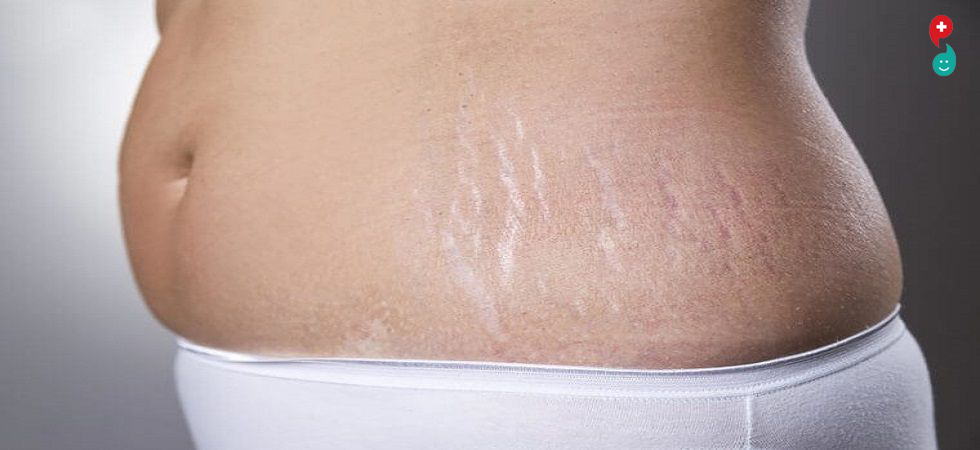
It usually affects the buttocks and thighs but can also occur in other areas. Cellulite occurs when fat deposits push through the connective tissue beneath the skin.
Fast facts about cellulite
Between 80 and 90 percent of women will probably experience cellulite.
Cellulite is also known as orange-peel skin, due to its texture.
Numerous treatments available, but the effect is mostly temporary.
A diet low in fat, smoking cessation, and an active lifestyle may help reduce the incidence cellulite.
What is cellulite?
Cellulite
Cellulite is also known as orange-peel skin due to its appearance and affects 80 to 90 percent of women.
Cellulite is a term for the formation of lumps and dimples in the skin.
Common names for cellulite are orange-peel skin, cottage-cheese skin, hail damage, and the mattress phenomenon.
Cellulite can affect both men and women, but it is more common in females, due to the different distributions of fat, muscle, and connective tissue.
Between 80 and 90 percent of women may experience cellulite at some point in their lives.
Grades of cellulite
A cellulite severity scale, published in 2009, ranks the condition using three grades:
Grade 1, or mild: There is an "orange-peel" appearance, with between 1 and 4 superficial depressions, and a slightly "draped" or sagging appearance to the skin.
Grade 2, or moderate: There are between five and nine medium-depth depressions, a "cottage cheese" appearance, and the skin appears moderately draped.
Grade 3, or severe: There is a "mattress" appearance, with 10 or more deep depressions, and the skin is severely draped.
Causes
The exact cause of cellulite is unknown, but it appears to result from an interaction between the connective tissue in the dermatological layer that lies below the surface of the skin, and the layer of fat that is just below it.
In women, the fat cells and connective tissue in this layer are arranged vertically.
If the fat cells protrude into the layer of skin, this gives the appearance of cellulite.
In men, the tissue has a criss-cross structure, which may explain why are less likely to have cellulite than women.
Some other factors appear to be linked to the chance of having cellulite.
Hormonal factors and age
Hormones likely play an important role in cellulite development. Estrogen, insulin, noradrenaline, thyroid hormones, and prolactin are part of the cellulite production process.
One theory is that as estrogen in women decreases in the approach to menopause, blood flow to the connective tissue under the skin also decreases.
Lower circulation means less oxygen in the area, resulting in lower collagen production. Fat cells also enlarge as estrogen levels fall.
These factors combine to makes the fat deposits more visible. As the fat under the skin protrudes through weakening connective tissue, the familiar dimpling effect results.
Age also causes the skin to becomes less elastic, thinner, and more likely to sag. This increases the chance of cellulite developing.







